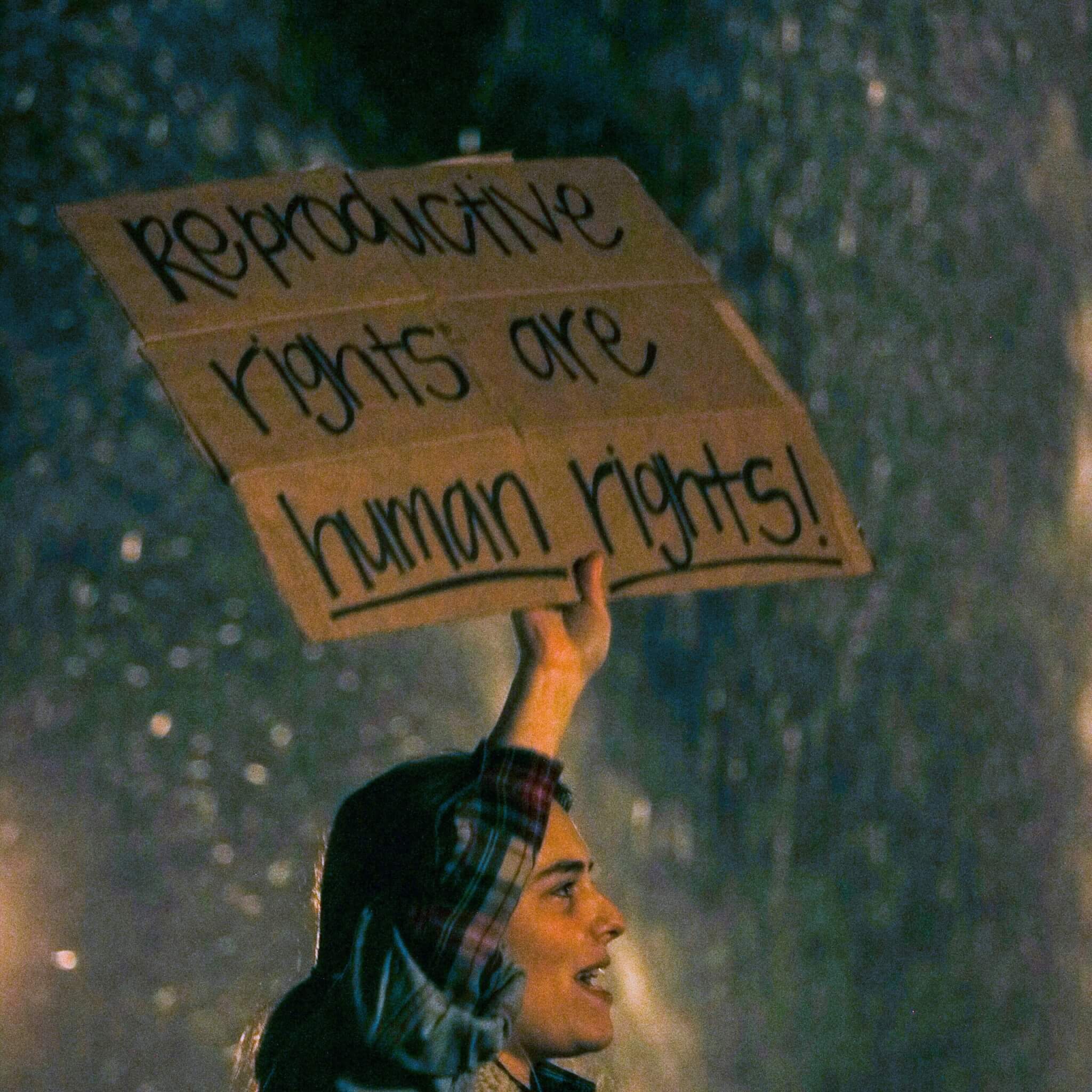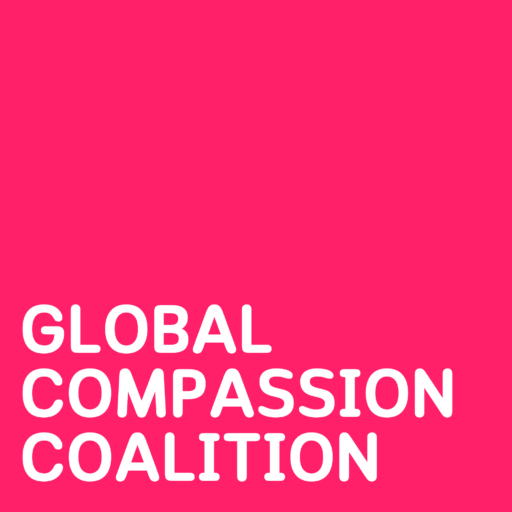Child suffering around the world
From the ages of zero to three, a child’s brain is creating one million neural connections per second.
Just imagine if those connections wired-in a sense of safety and belonging. Imagine not only how much that would improve their own wellbeing but the overall wellbeing of our society.
Unfortunately, in many ways, young people and their parents are being let-down – living in conditions of scarcity, fear, and conflict.
Below we explain how and the impact that is having.
Historic bias
For many centuries, political and economic systems failed to properly recognize the needs and interests of young people. In many states, their rights were limited or non-existent – leading to their enforced labor, separation from families, and routine abuse. Sweden was the first country to ban physical abuse against children – as late as 1979. Surgeries were performed on children without pain relief until the end of the 1980s and it wasn’t the 1990s that the field of psychology began to really understand the unique mental health needs of young people. While progress is being made, millions of children across the world continue to find that their basic rights are being denied.

Child hunger
Access to food affects adults and children alike. But children who lack proper nutrition are in more peril because they are developing critical systems: gut health, neurobiological growth, immunity, muscle and bone growth, and organ formation.
10,000 children die each day from hunger-related illnesses and almost half of the deaths in children under the age of five are due to undernutrition. This is despite the fact there is enough food on the planet to easily feed everyone. It’s a matter of ensuring societies deliver food to those who need it.

Infant Mortality
4.0 million (75% of all under-five deaths) occur during a child’s first year of life. The highest risk of infant mortality lies in the WHO African Region with 52 per 1000 live births, over seven times greater than the WHO European Region’s rate of 7 deaths per 1000 live births. Malnutrition can contribute to infant mortality and the major causes of neonatal deaths arepreterm birth, childbirth-related complications (lack of breathing at birth), infections and birth defects.
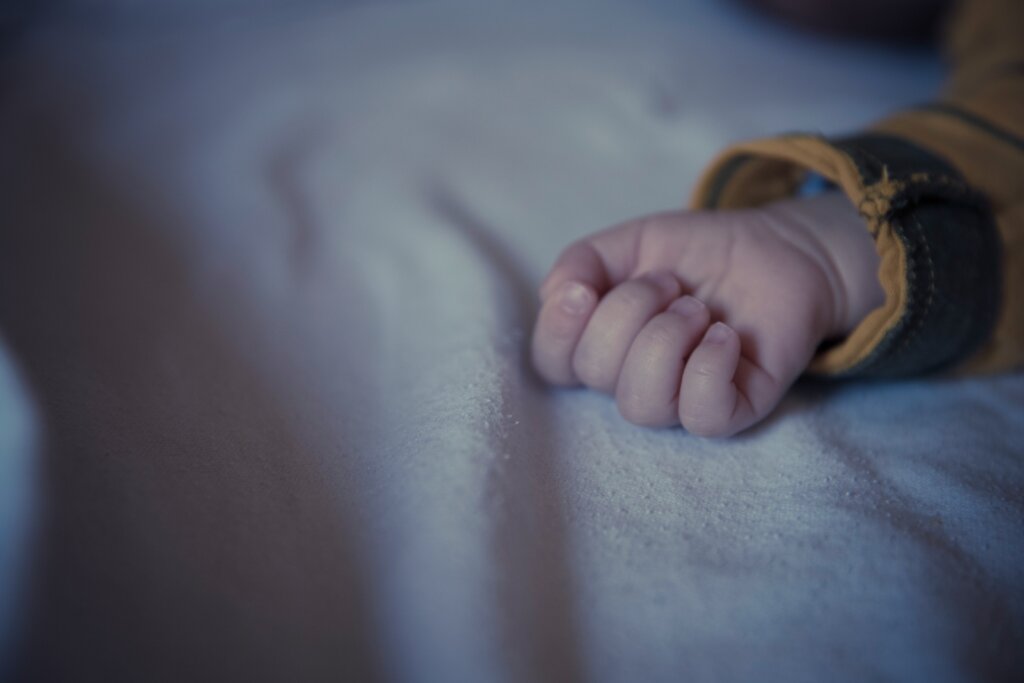
Maternal mortality
In 2020, over 286,000 women died during and after pregnancy. Shockingly, nearly 95% of all maternal deaths were avoidable. In the United States, the leading causes of maternal mortality within the first year after childbirth are suicide and overdose. Worldwide, the causes of 75% of maternal deaths are from severe bleeding (mostly bleeding after childbirth), infections (usually after childbirth), high blood pressure during pregnancy (pre-eclampsia and eclampsia), complications from delivery, and unsafe abortion.

Child poverty
Around the world, children are twice as likely as adults to live in poverty, and they are also much more vulnerable to its grinding, painful, harmful effects.
Globally, more than 1 billion children live in poverty, lacking basic necessities like adequate nutrition and access to clean water.
An estimated 365 million children live in extreme poverty.
This suffering persists even though the wealthiest 100 people on the planet have enough wealth to end global poverty four-times over. We need economic systems which support and provide for all.
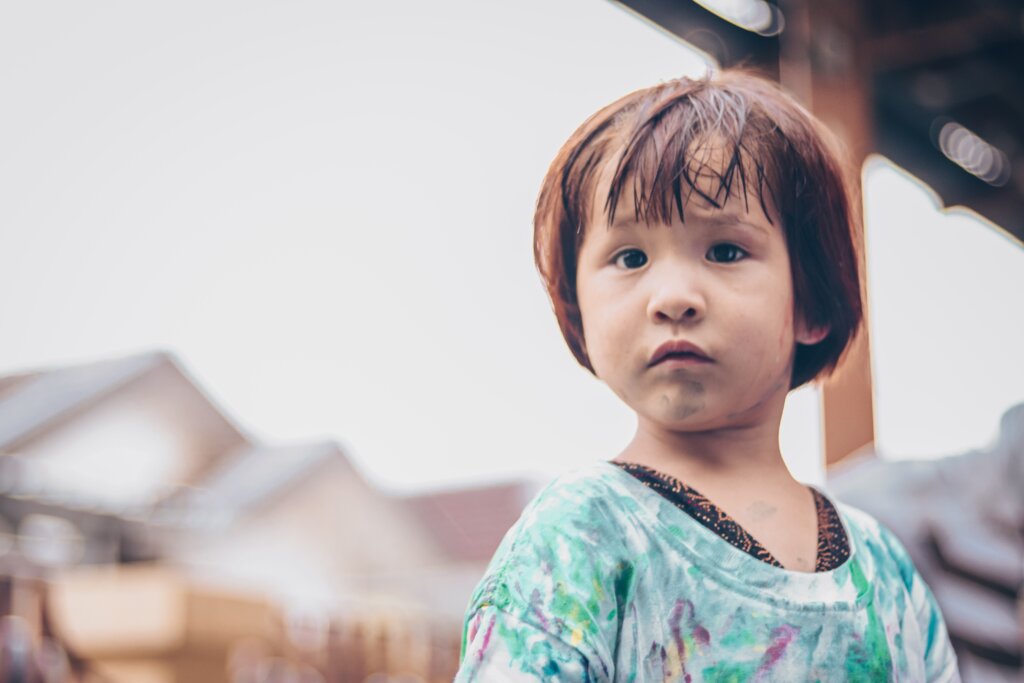
Child abuse and neglect
Globally, 1 billion children have experienced psychological, sexual, or physical violence in the past year.
Although it is difficult to measure, international studies show that nearly 3 in 4 children aged 2 to 4 years suffer routinely from abuse and neglect at the hands of parents and caregivers.

Education access
244 million children and youth are currently deprived of education, left out of school. Among those fortunate enough to attend, over 600 million children and adolescents globally are unable to reach basic proficiency levels in reading and mathematics.

Exposure to conflict and disaster
Nearly 1 in 4 children bear the burden of conflict or disaster, with 50 million children forcibly displaced from their homes. In 2020, around 452 million children were living in a conflict zone, with more than 29 million babies born into areas experiencing armed conflict in 2018. Children exposed to war exhibit a significantly higher prevalence of mental disorders when compared to their counterparts in the general population.
Every year, half of all children suffer from a form of violence. 1 in 4 children under the age of 5 live with a mother who is the victim of intimate partner violence.
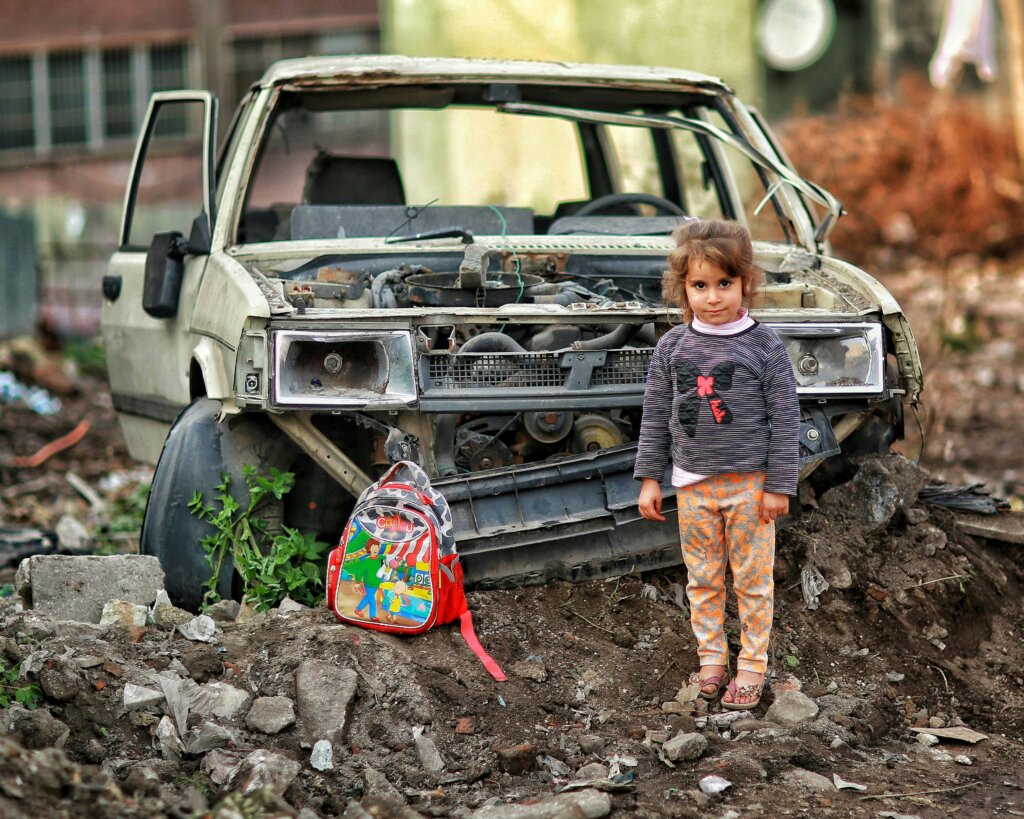
Impact of Covid
244 million children and youth are currently Amidst the COVID-19 pandemic, millions of children worldwide have tragically been orphaned, intensifying their vulnerability to poverty, abuse, hindered development, mental health struggles, limited educational opportunities, and potential institutionalization
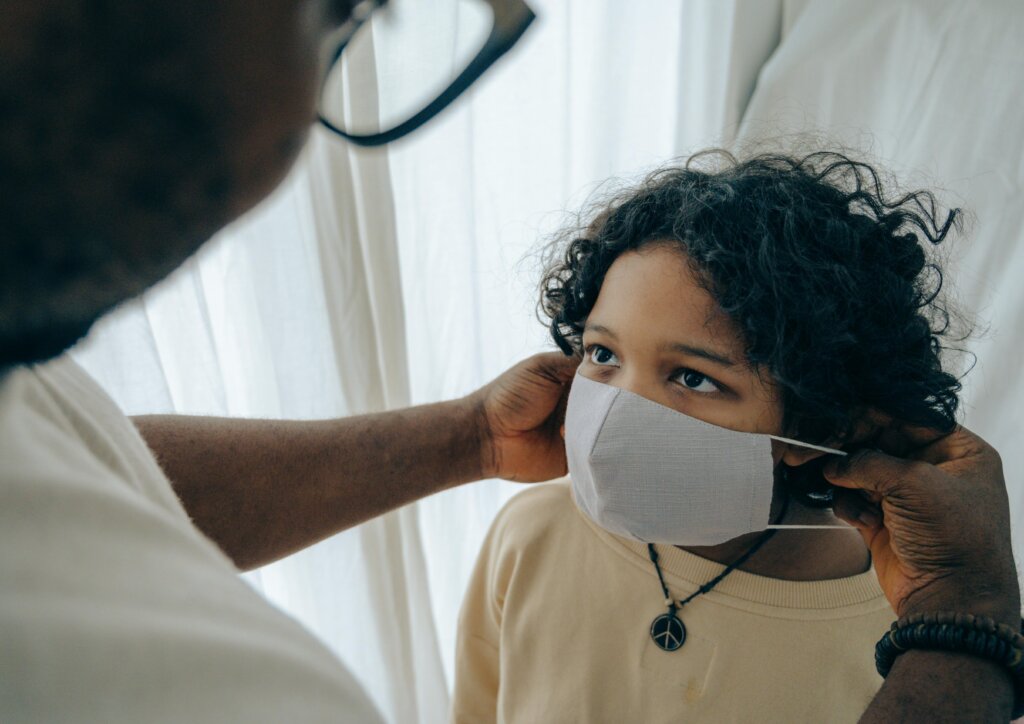
Child marriage
The harmful practice of child marriage is forced on 12 million girls each year worldwide. One in five girls is married. This can make girls more vulnerable to violence and abuse, rob them of educational opportunities, and is often associated with early and frequent pregnancies, putting them at risk for higher mortality rates.

Female genital mutilation
Female genital mutilation is the complete or partial removal or injury of female external sex organs. It has no medical benefits and carries many risks for girls and women including death, shock, depression, PTSD, urinary problems, infections, cysts, increased infant mortality and difficulties with childbirth. This practice is almost exclusively performed on girls 0-15 years old. “More than 200 million girls and women alive today have undergone FGM in 30 countries in Africa, the Middle East and Asia.”-UNICEF
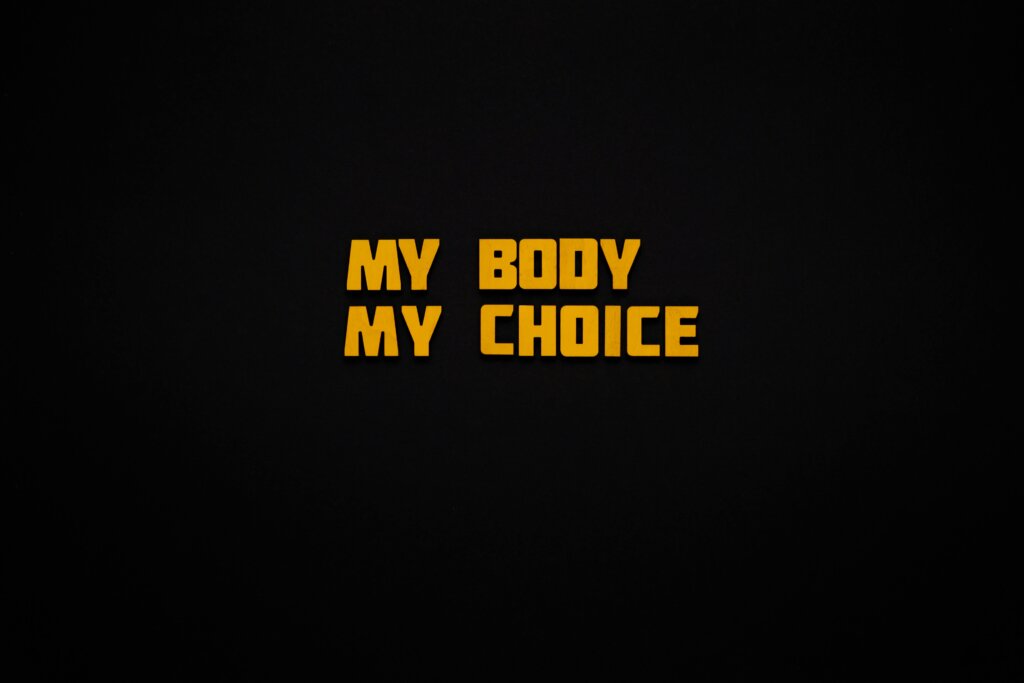
Circumcision
There exists a compelling legal and compassionate argument stating that non-therapeutic medical circumcision performed on a healthy infant violates children’s rights. Such practice disrupts the child’s bodily integrity and should be reserved until the individual is capable of granting consent. Leading pediatric associations do not recommend the routine circumcision of all infant boys.

Reproductive rights
Within developing regions, 214 million reproductive women face an unmet need for contraception. Limited access, constrained choices of methods, concerns over potential side effects, cultural or religious opposition, inadequate service availability, and gender-based obstacles all contribute to this.
